10 Black history moments you didn't learn at school

When NAMESldn launched in July this year, it aimed to educate white people about Black history and spotlight Black creativity and talent. The interactive 360° virtual showroom not only championed accomplished artists, authors and speakers, but it also offered recommendations for educational resources for those who want to become better allies.
"As a white person and person of certain privilege, I recognise that this is my fight to make up for the atrocities of the past and stand with minorities as we fight to abolish discrimination in our current society," says NAMESldn founder Richard Thornn.
“Why is it that white people always turn to our friends of colour when it comes to teaching? It is not their responsibility. It is ours.”
Black children make up 17% of the 0-15 age group (ONS) in the UK and schools need do more to represent them in their curriculum. With only 11% of GCSE students studying optional Black British history modules, it is more important than ever for schools to raise the profile on historical Black events.
As a friend of NAMESldn, I've rounded up 10 key facts and moments in Black British history to get your education started.
1.The first Britons were dark skinned
The first Britons had dark to Black skin, curly hair and blue eyes. This was proven after DNA analysis of a 10,000-year-old skeleton (Britain's oldest complete skeleton), known as Cheddar Man, located in Somerset's Cheddar Gorge. He was found to have had dark curly hair and either dark or Black skin, suggesting that the idea of Europeans as having fair skin is a recent phenomena. People of white British ancestry today are descendants of the Mesolithic hunters like Cheddar Man.
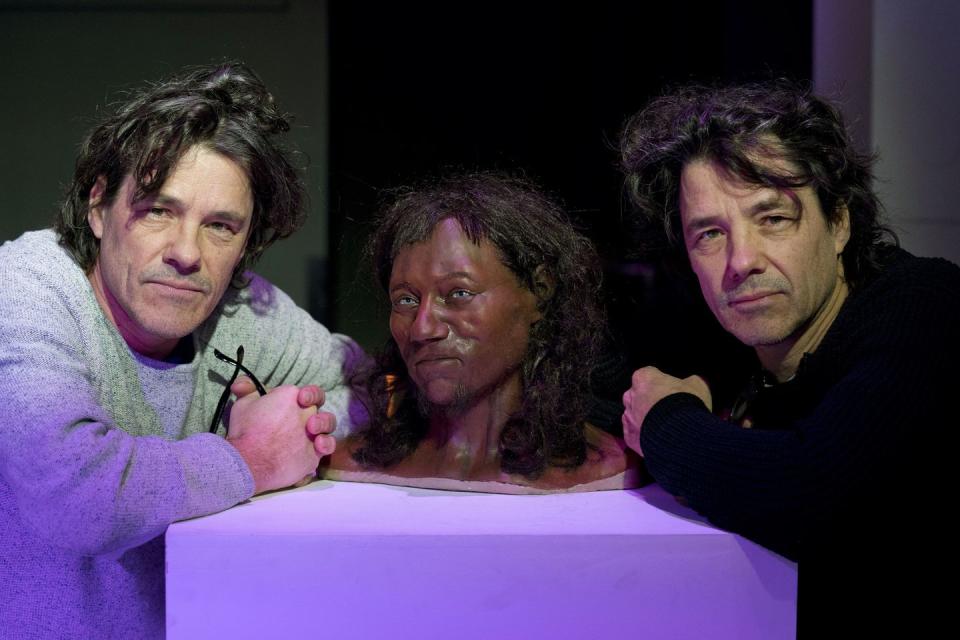
2. The Roman Empire was multicultural (27BC - 476AD)
At the Roman Empire's peak, it stretched far and wide from north-western Europe to North Africa and into the Near East. People were known to have travelled widely across the empire. By the 3rd century, there is evidence of African people making their way to Britain where they lived as soldiers, slaves or even free men and women.
3. There were Black Tudors (1485 - 1603) and Stuarts (1603 - 1714)
Slavery was not the start of the Black community's experience in England. The African diaspora traces to the 18th century; these people came to England from Africa, Europe and the Caribbean with privateers, pirates, merchants, aristocrats and royalty. They lived and worked at different levels of society - some found paid work as porters and trumpeters, while others were present at the royal courts of Henry VII, Henry VIII, Elizabeth I and James I. That's not to say that Briton was multicultural during this period - Miranda Kaufmann, who wrote the book Black Tudors: An Untold Story, found around 360 individuals from 1500-1640. However, her research does prove that Black people were a part of Tudor life, and that they lived freely.
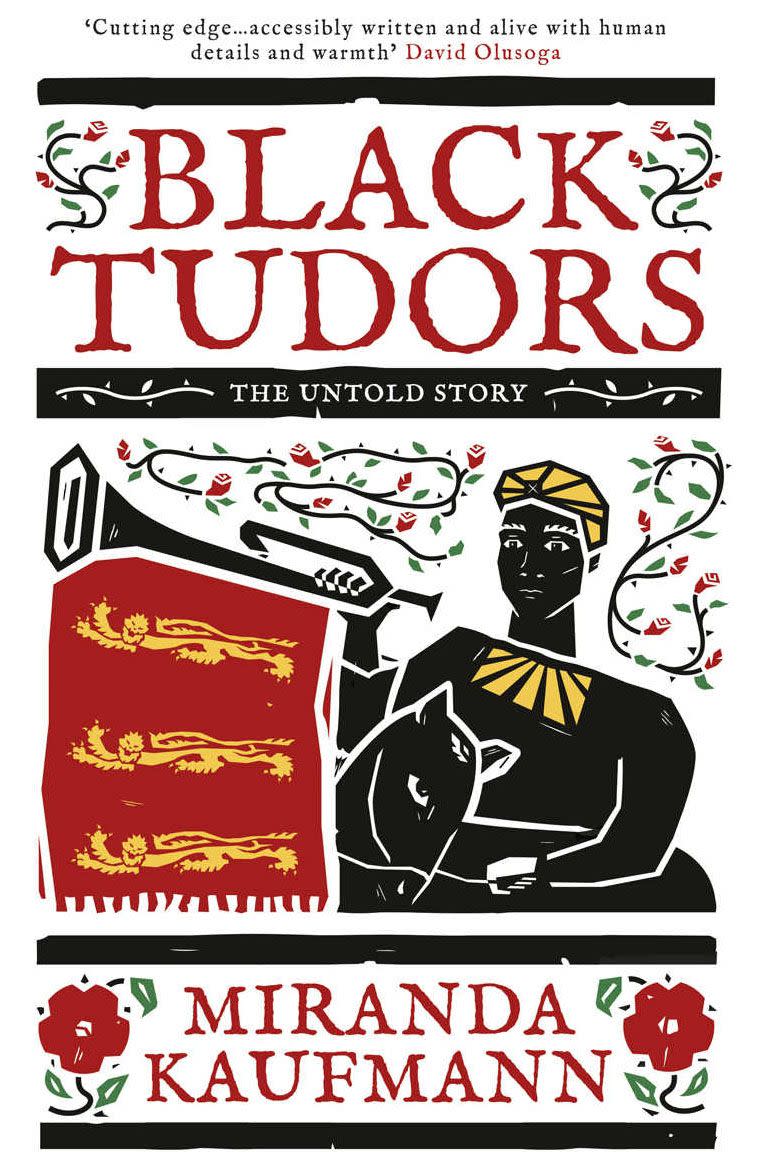
4. The impact of the British Empire (1490s - 1960s)
Britain has invaded 90% of the world, according to research published by The Guardian. The empire stretched into every part of the world although now only 17 countries remain part of the British commonwealth. The advantages of the former empire are a multicultural society - the UK still reaps the benefits of the new foods and rare materials that were brought to England at this time, from Indian and Chinese food to tea. Black people and exports from predominantly Black countries have shaped British society.
5. The grim reality of the Transatlantic Slave Trade (1640 - 1833)
Britain had 46,000 slave owners, as reported by the BBC, who grew rich through buying and selling slaves for sugar production. Even Black babies were sold. Slaves were eventually freed after William Wilberforce led the abolitionist crusade against slavery that contributed to the slavery abolition act (1833). The equivalent of £17 billion was raised in compensation money, yet none of this was given to the enslaved people. Instead, it was given to Britain's slave owners for 'loss of human property.'
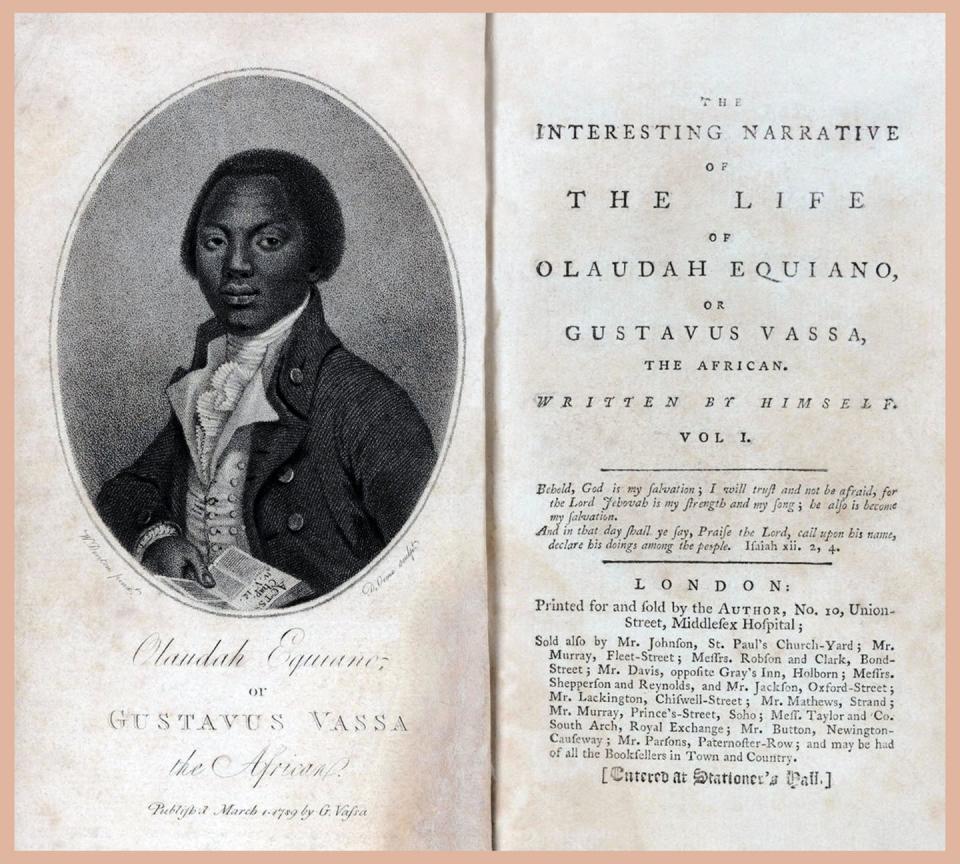
6. Olaudah Equiano kickstarted the UK anti-slavery movement (1745 - 1797)
Nigerian-born Olaudah Equiano wrote a book in 1789 about his own slavery that became a best-seller. The Interesting Narrative of the Life of Olaudah Equiano, or Gustavus Vassa, the African is one of the earliest-known examples of published writing by an African writer to be widely read in England, and latterly in the US, Russia, Holland and Germany. Eventually, in 1766, he bought his freedom and helped abolish slavery. His account of the horrors of slavery was among the first of its kind, and helped create an anti-slavery movement Britain, Europe and the New World.
7. The Windrush Generation and the consequent scandal (1948 -1971)
Potentially 500,000 workers (University of Oxford) came from Jamaica, Trinidad, Tobago and other islands were invited to come to the UK to fill post-war labour shortages. Windrush refers to the ship MV Empire Windrush, which docked in Tilbury on 22 June 1948, that they travelled on. The 1971 Immigration Act gave Commonwealth citizens who were already living in the UK indefinite leave to remain.
In 2018, a scandal emerged after a tightening of the immigration rules - despite having lived and worked in the UK for decades, these people were told they were there illegally because of a lack of official paperwork. The Home Office had kept no record of who was told they could stay in the UK, making it hard for Windrush arrivals to prove their status. Many were deported, while others had their employment and access to the NHS terminated. The government later apologised and a compensation scheme was established.
Windrush Square exists in Brixton to remember Windrush.
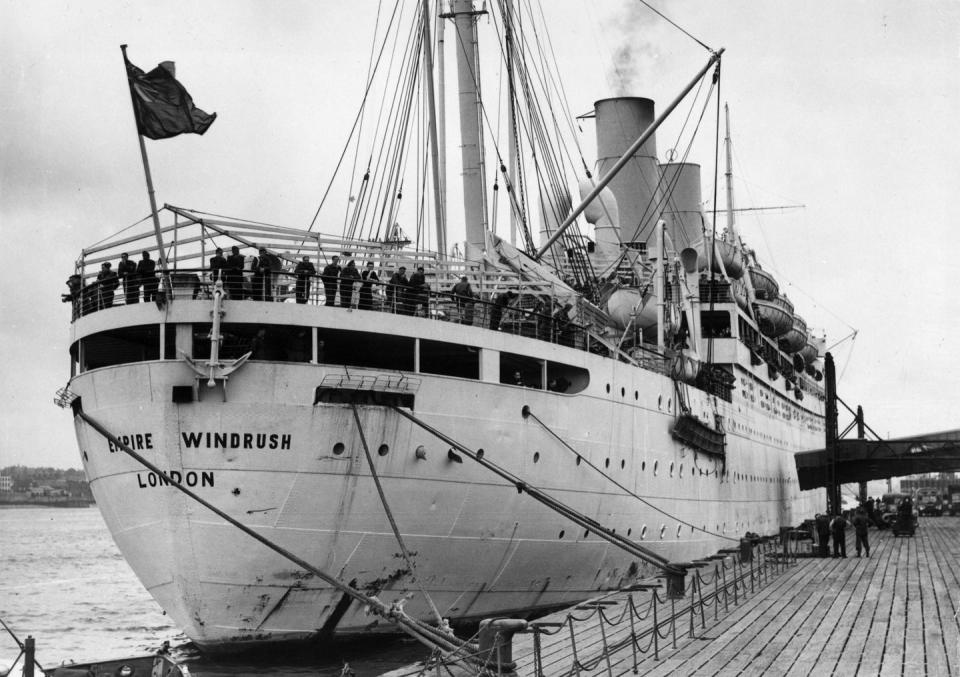
8. The time that the BBC endorsed minstrelsy in The Black and White Minstrel Show (1958 - 1978)
In the BBC's The Black and White Minstrel Show, people would wear blackface, sing, dance and act. It attracted audiences of 16 million, its stage show spin-offs broke records and in 1961, in even received critical acclaim, winning the prestigious Golden Rose of Montreux. In 1975, a teenage Lenny Henry appeared on the programme, proving how few opportunities there were then for Black performers.
The BBC ignored complaints from 1967 from Black Britons who criticised the blacking up at the show’s centre. The broadcaster failed to recognise the show's abject racism nor how it could be seen as offensive and it wasn't pulled from air until 1978.
9. The 1980s riots
The riots that took place in England across the '80s are, 40 years on, considered a pivotal moment for Black communities. The uprisings against the police occurred first in Bristol in 1980, then in 1981 in Brixton and Liverpool.
The riots were a response to racist experiences from police raids that continue to spark debate even today.
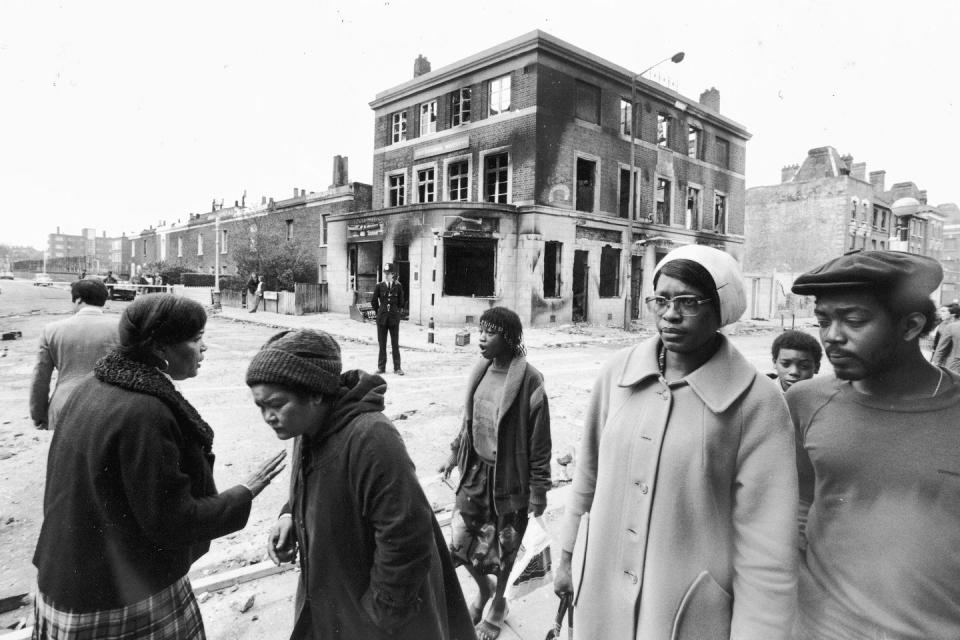
10. Modern migration from Africa (2001 - 2011)
Migrants from West Africa, mostly Nigerians and Ghanaians came into the UK, from 2001 to 2011. Some came to study and remained, while others migrated to join family or take up employment.
Many of those who arrived from Somalia, Zimbabwe and Sudan were refugees.
Sign up to our free weekly newsletter for more from Harper's Bazaar, straight to your inbox
SIGN UP
You Might Also Like


